
Clark Gable and Vivien Leigh in Gone with the Wind
Sale
$400
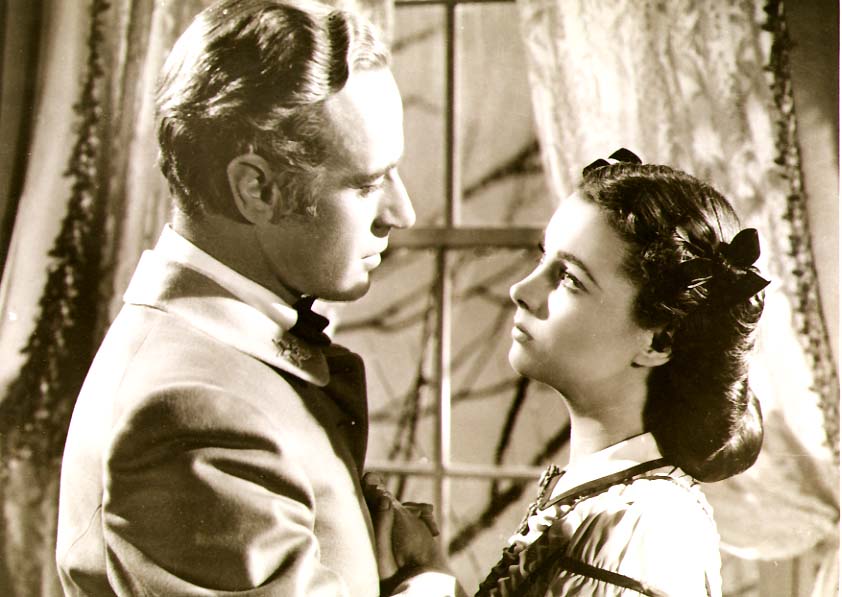
Leslie Howard and Vivien Leigh in Gone with the Wind
Sale
$240

Vivien Leigh and Clark Gable in Gone with the Wind
Sale
$280
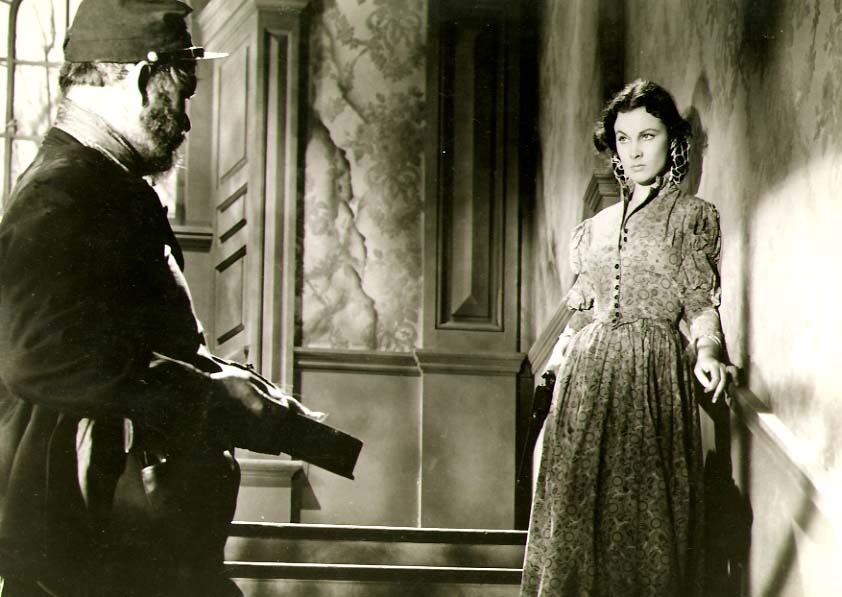
Vivien Leigh with Yankee Deserter in Gone with the Wind
Sale
$240

Vivien Leigh as Scarlett O'Hara in Gone with the Wind
Sale
$240
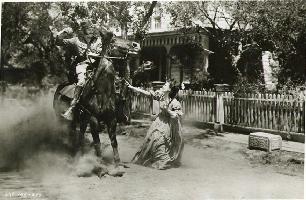
Made in 1939, Gone with the Wind is still considered by many as one of the most beloved, enduring and popular films of all time. Sidney Howard's script was derived from Margaret Mitchell's best-selling Civil War and Reconstruction Period novel of over 1,000 pages that first appeared in 1936. Producer David O. Selznick had acquired the film rights to Mitchell's novel for $50,000--a record amount at the time, causing some to label the film "Selznick's Folly." By the time it had been released as a movie, the novel had sold over 1.5 million copies. Additional records were set when the film was first aired on television in two parts in late 1976. But the film was not without considerable controversy, some of which re-arose when it was restored and released theatrically in 1998.
The film was shot in three-strip Technicolor. It is a star-studded, epic film of the Old South during wartime is a classic tale of a love-hate romance. Period costumes more realistic than previously used in films, its use of Stephen Foster and other stirring period music, and its powerful cast made for emotional viewing. The ambiguous heroine, Scarlett O'Hara, struggles to find love during the Civil War years and afterwards, and ultimately seeks refuge for herself and her family at her beloved plantation Tara. The film's opening only a few months after WWII began in Europe probably helped American audiences to identify with the war story and its theme of survival.
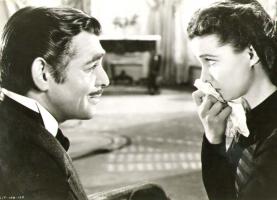
Clark Gable and Vivien Leigh
With three years advance publicity and Hollywood myth-making, three and one-half hours running time (with one intermission), a gala premiere in Atlanta on December 15, 1939, highest-grossing film status, and Max Steiner's sweeping musical score, the exquisitely photographed Technicolor film was a blockbuster in its own time. The approximately $4 million required for the production was an enormous, record-breaking sum at the time. The film was also challenging to produce due to its controversial subject matter (including rape, drunkenness, moral dissipation and adultery) and its epic qualities.
After a publicity stunt that had the film's producers supposedly looking for an unknown new talent to play the leading female role Scarlett, Selznick then has to find a professional actress to play the part. The casting search for an actress to play the Southern belle Scarlett resulted in the hiring of young British actress Vivien Leigh, although many other famous actresses had been tested, including Katharine Hepburn, Miriam Hopkins, Margaret Sullivan, Barbara Stanwyck, Joan Crawford, Lana Turner, Mae West, Tallulah Bankhead, Jean Arthur and Lucille Ball. At the time, many fans of the novel lambasted Leigh and thought that an American actress was the only answer.
Although MGM star Clark Gable was expected to play the role of the dashing war profiteer Rhett Butler, Errol Flynn, Ronald Colman, and Gary Cooper were also considered for the part.
The landmark film received tremendous accolades, more than any previous film up to that point: 13 nominations and eight Academy Awards, including Best Picture, Best Director (Victor Fleming - the only credited director), Best Actress (Vivien Leigh), a posthumous Best Screenplay (Sidney Howard, along with collaborative assistance from Edwin Justin Mayer, John Van Druten, Ben Hecht, F. Scott Fitzgerald and Jo Swerling), Best Color Cinematography, Best Interior Decoration, Best Film Editing, Best Supporting Actress (Hattie McDaniel), and two honorary plaques, one for production designer William Cameron Menzies for the "use of color for the enhancement of dramatic mood," and the other a technical production award for Don Musgrave for "pioneering in the use of coordinated equipment."
There were several firsts besides the avalanche of numbers: the Best Screenplay award to the late Sidney Howard (one of the first victims of the movie's supposed curse) was the first posthumous winner of its kind; and Hattie McDaniel's award was the first time that an African-American had been nominated and won.
Many of the five nominations that lost were also very unexpected: Best Actor (Clark Gable lost to Robert Donat for Goodbye, Mr. Chips), Best Supporting Actress (Olivia de Havilland was competing against co-star Hattie McDaniel), Best Sound Recording, Best Original Score (Max Steiner), and Best Special Effects. Its record of 10 Academy Awards wins held firm until 1959, when Ben-Hur (1959) won 11 Oscars. It was amazing that Gone with the Wind did so well, especially since 1939 boasted some of the greatest American films ever made, including Ninotchka, The Wizard of Oz, Wuthering Heights, Mr. Smith Goes to Washington, Goodbye, Mr. Chips, and Stagecoach.
Although almost half of the film was directed by Victor Fleming (45%), who actually received the screen credit, four other directors contributed various parts of the film: Sam Wood (15%), William Cameron Menzies (15%), George Cukor (5%), who was the first director, Reeves Eason (2%), and the remaining from various second unit directors (18%). That David O. Selznick was a difficult-to-work-with producer on this film is obviously an understatement.
At least two still photographers worked on the film: Clarence Sinclair Bull and Fred Parrish, both under contract to MGM. Bull had a number of stories about his GWTW role in his autobiography, The Faces of Hollywood. The photographs in this Special Exhibit probably come from one or both of these photographers. The scene are probably by Parrish and the portraits by Bull. The photographs come from Warner Brothers' publicist Robert S. Taplinger's estate. Warner Brothers had lent Olivia de Havilland to the GWTW project, and so Taplinger probably had a relationship with his counterpart at MGM from whom he could ask for prints.
In the opening credits, producer David Selznick's name appears: "Selznick International In Association with Metro-Goldwyn Mayer has the Honor to Present its Technicolor production of Margaret Mitchell's Story of the Old South." The title of the film "Gone with the Wind" is displayed in gigantic, majestic words, each one individually sweeping across the screen from right to left above a red-hued sunset. As the titles and credits play, carefully-selected images of the Old South are portrayed as backgrounds - a green pasture with horses grazing, a river at night, magnolias, a mill constructed from bricks, slaves working in the fields, peaceful Southern plantations, the city of Atlanta and a sunset.
The film extends over a time period of 12 years in the life of plantation belle Scarlett O'Hara, from the start of the Civil War through the Reconstruction Period, and covers her various romantic pursuits against the backdrop of historical events.
The fanciful, introductory foreword to the film explains: "There was a land of Cavaliers and Cotton Fields called the Old South. Here in this pretty world, Gallantry took its last bow. Here was the last ever to be seen of Knights and their Ladies Fair, of Master and of Slave. Look for it only in books, for it is no more than a dream remembered, a Civilization gone with the wind..."
Exhibited and Sold By
Contemporary Works / Vintage Works, Ltd.
258 Inverness Circle
Chalfont, Pennsylvania 18914 USA
Contact Alex Novak and Marthe Smith
Email info@vintageworks.net
Phone +1-215-518-6962
Call for an Appointment






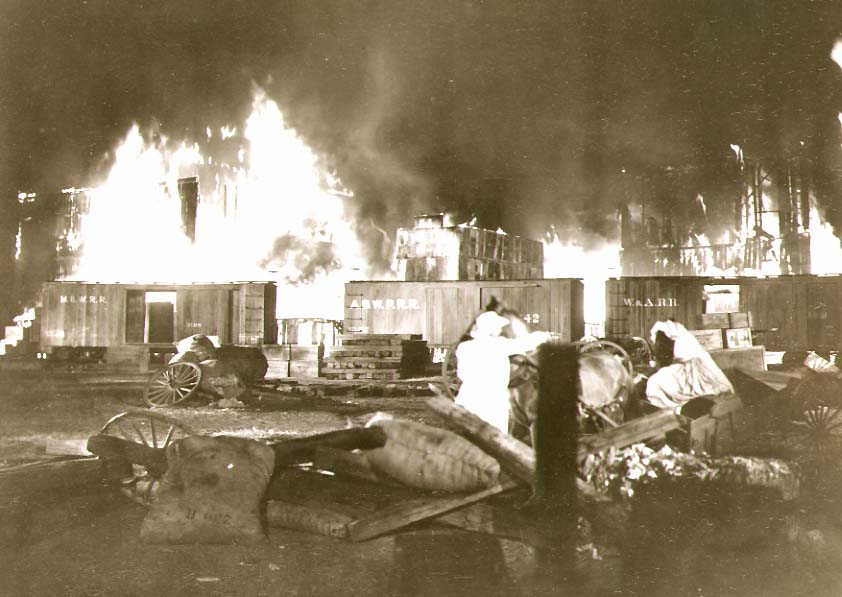

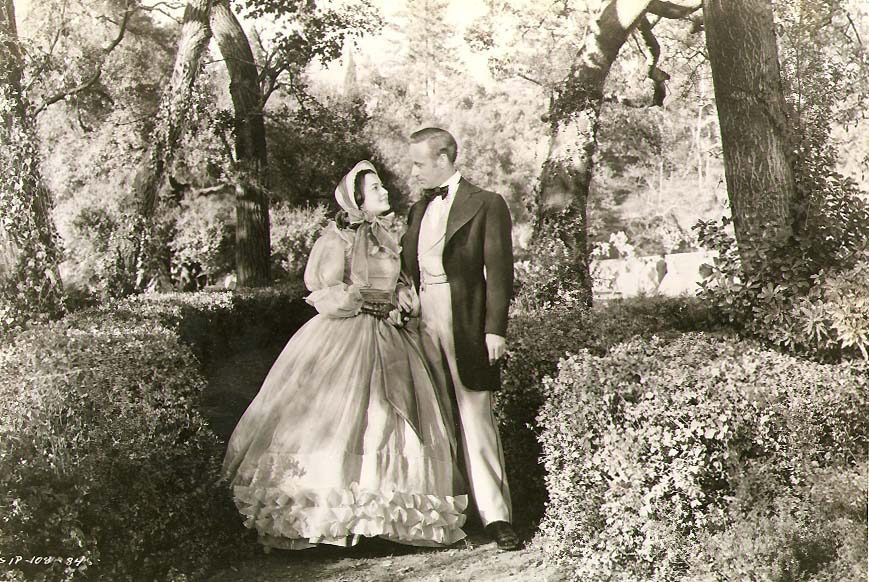
Share This